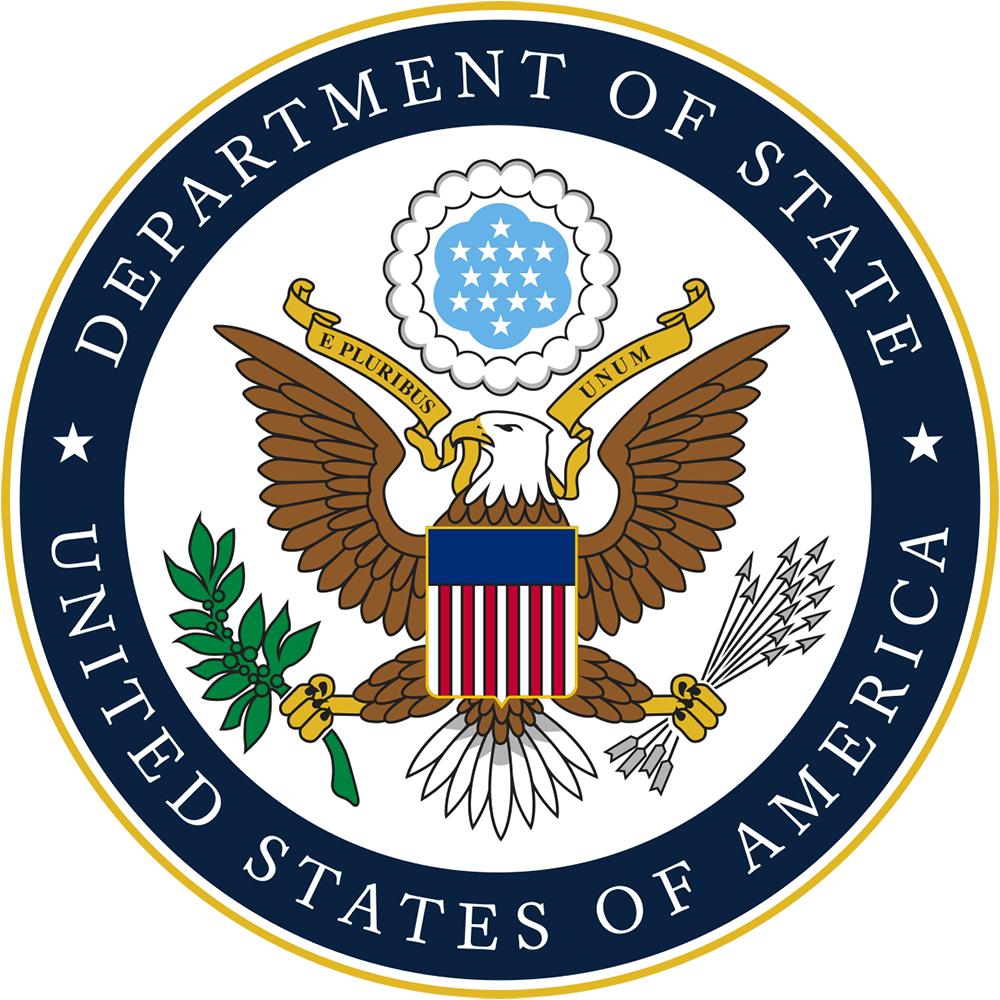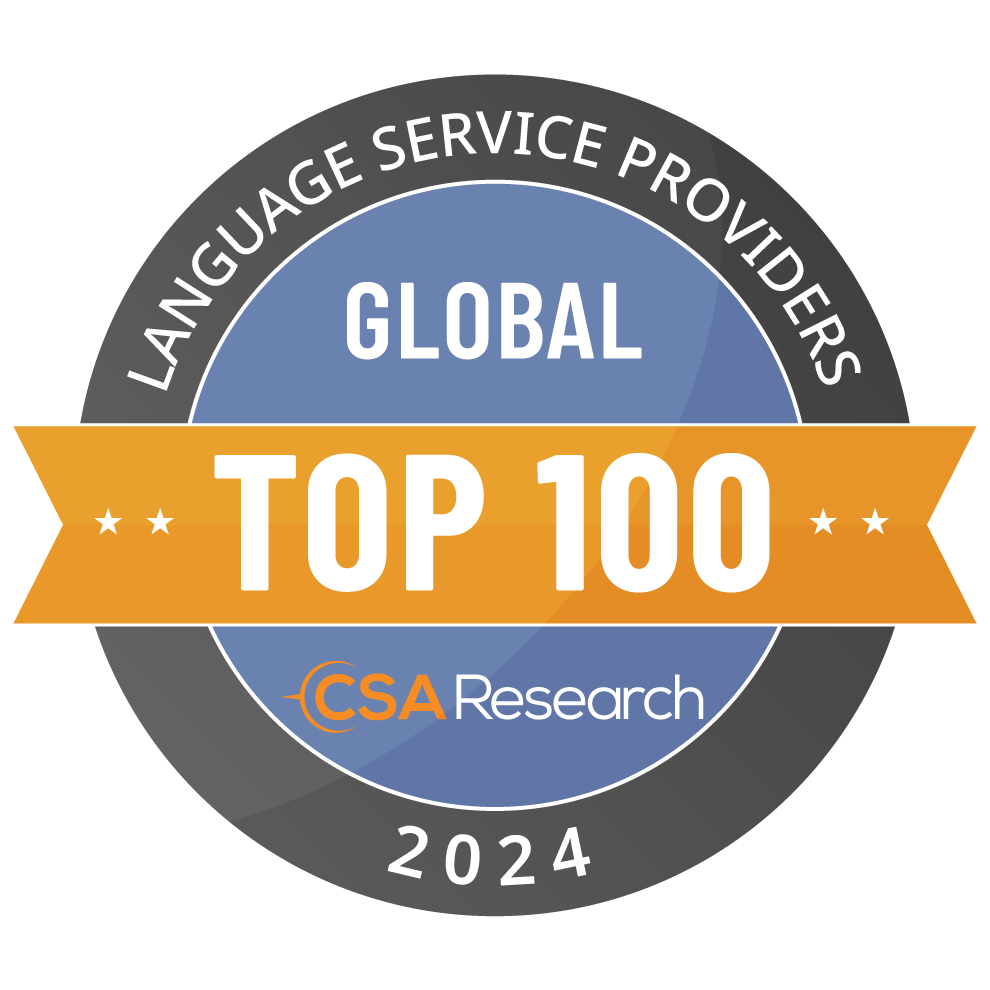
It may be time to refresh your writing approach and revise your style guide
ENGLISH MATTERS
English matters more than you think, especially when local markets use it as the basis for the translation of your content into another language. Here are some key principles for your writers to keep in mind as they build content destined for translation.
Start with Solid English.
When it comes to translation, the tricks and tools you use to craft effective messages in English are not guaranteed to work with audiences in other countries, especially in a marketing context. You have to provide original content that is clear, technically accurate and as free of cultural nuances as possible. You can always provide sidebar notes to translators if you want them to aim for a certain marketing effect, but do realize that they may opt for solutions that are different from yours. Trust your translators and let them work their magic! In fact, extending that trust is a good way to show respect for their work and inspire them to take ownership of your message.
Speak Clearly and Don’t Yell.
English speakers often increase the volume of their voices when speaking to non-English speakers. Writers are tempted to do the same thing when preparing content for translation: they increase the volume of their content to ensure that the English version of a message will be captured and conveyed in another language. But their “over the top” content may be off-putting in another language or locale. Instead, opt for clear content that carries the essence of your message. Doing so will help translators do it justice within their cultural context.
A few guiding principles:
- Focus on the meaning of the message, and on conveying it clearly and consistently.
- Do not be afraid to streamline your English content, using fewer relative clauses, superlatives, and wordy descriptions. But don’t sacrifice the quality of the text to do so.
- Make sure the text does not contain any ambiguities.
Plan. Sketch Out. Review. Wait. Then Send.
Retooling your existing English content for translation while also infusing it with clarity and impact is hard work. It requires an understanding of what translation means in today’s global marketplace, and how people in other locales might react to your message. Don’t want to go through all the painful rewrites? Then begin with the end in mind. (Greater details here.) Create original English content that is suitable for localization right from the start. Encourage your writers to plan and to ‘sketch’ out ideas in experimental versions that they can discuss, review, and play with. Remind them (and give them time) to review slowly and wait for at least 24 hours before making final decisions on content. Have them consult with cultural experts. Only when they are completely sure should they publish their English content “treasures” and send them off to be translated and prepared for final “packaging” and delivery to local markets.
TAKEAWAYS
- Translation requires more than accuracy. It requires trust.
- Solid English = solid translation. Clarity is key. Translators will thank you.
- Treat translation-destined content (indeed, any marketing content) as business treasures that can turn to gold.
Need Help Updating Your Style Guide and Training Writers?
We work with talented designers, cultural consultants, linguists, and technologists to ensure that your content is linguistically accurate and tailored to resonate with linguistically diverse audiences in local markets around the world.
MediaLocate.com • 1-800-776-0857
Related Posts:
TRANSLATING FOR DEEPER GLOBAL IMPACT
CULTURAL VALIDATION CHECKLIST FOR IMAGES
Related Free Guides:











